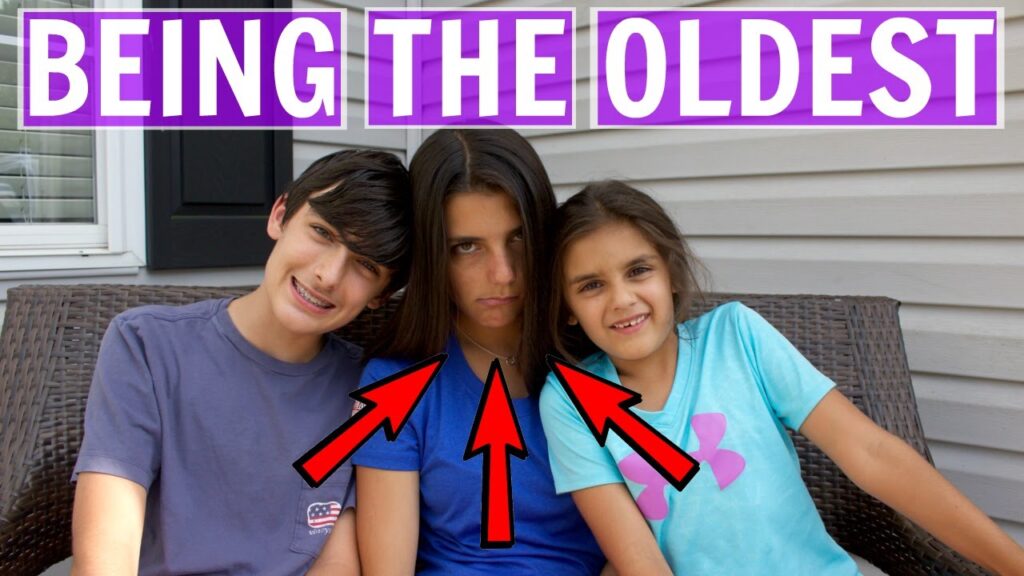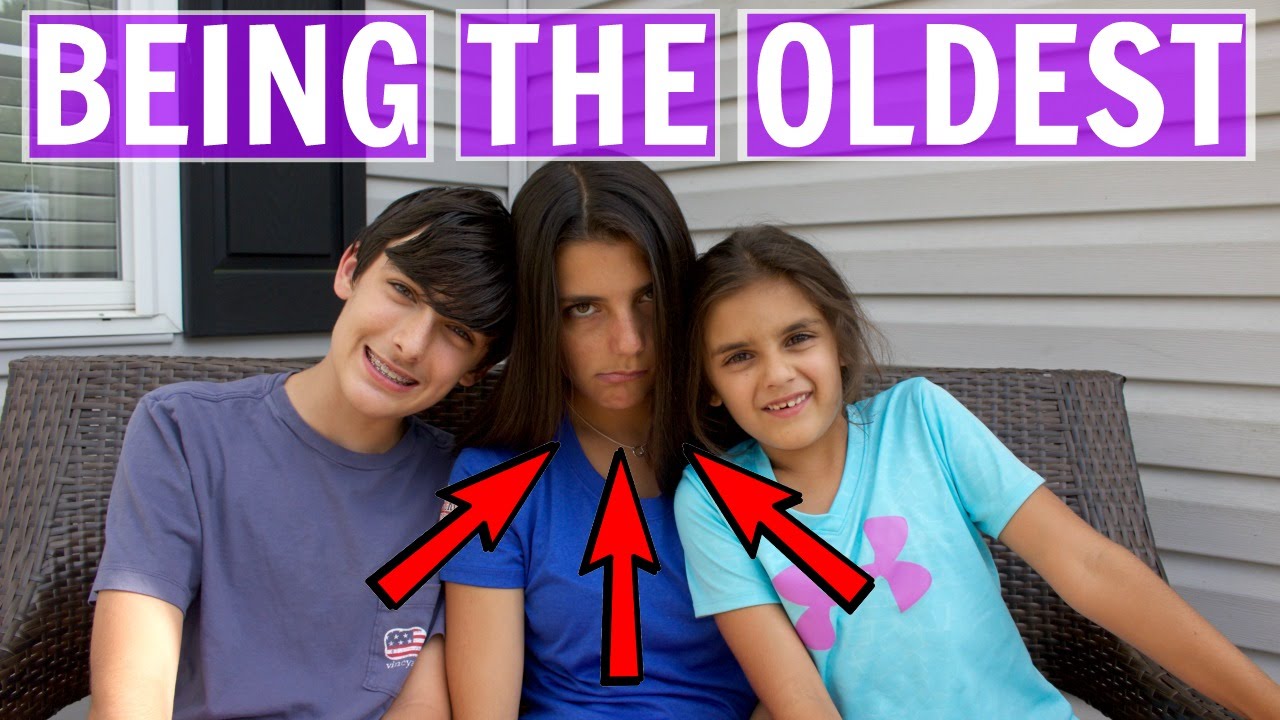
Debunking Oldest Sibling Stereotypes: Are They Really True?
The oldest sibling. The responsible one. The mini-parent. These are just a few of the stereotypes that often get slapped onto the firstborn child. But how much truth is actually behind these widespread assumptions? This article dives deep into the world of oldest sibling stereotypes, examining their origins, exploring the research that supports or refutes them, and ultimately, challenging us to look beyond simplistic labels.
From being labelled as control freaks to being hailed as natural leaders, the oldest sibling stereotypes permeate our culture. It’s time to unpack these assumptions and understand the complexities of birth order dynamics.
The Origins of Oldest Sibling Stereotypes
The foundation for many of our current beliefs about birth order can be traced back to Alfred Adler, an Austrian psychotherapist and colleague of Sigmund Freud. In the early 20th century, Adler proposed that a child’s position within the family structure significantly influences their personality development. He suggested that oldest siblings often experience a period of being the sole focus of their parents’ attention, only to be dethroned by the arrival of a younger sibling. This experience, according to Adler, can lead to a sense of responsibility, a desire to please authority figures, and even feelings of insecurity.
While Adler’s theories were groundbreaking for their time, it’s important to acknowledge that they were largely based on observation and anecdotal evidence rather than rigorous scientific research. However, his ideas laid the groundwork for subsequent studies exploring the potential impact of birth order on personality, achievement, and social behavior. The oldest sibling, in Adler’s view, became synonymous with responsibility and a certain level of anxiety.
Common Oldest Sibling Stereotypes: Fact or Fiction?
Let’s break down some of the most prevalent oldest sibling stereotypes and examine the evidence:
The Responsible One
This is perhaps the most enduring of all oldest sibling stereotypes. The idea that firstborns are inherently more responsible stems from the expectation that they will help care for younger siblings and take on household chores. Research does suggest that oldest siblings are often given more responsibilities at a younger age, which can foster a sense of duty and conscientiousness. However, attributing responsibility solely to birth order overlooks other crucial factors such as parenting styles, cultural norms, and individual personality traits.
The High Achiever
Another common stereotype portrays oldest siblings as driven and ambitious, constantly striving for success. Some studies have shown that firstborns tend to perform slightly better academically and are more likely to pursue higher education. This may be due to the fact that parents often have higher expectations for their first child and invest more time and resources in their education. However, it’s crucial to remember that achievement is multifaceted and influenced by a complex interplay of factors beyond birth order. Not every firstborn is destined for academic or professional greatness.
The Control Freak
The flip side of the responsible and high-achieving stereotype is the notion that oldest siblings are controlling and bossy. This stereotype arises from the observation that firstborns often take on leadership roles and assert their authority over younger siblings. While it’s true that oldest siblings may be more likely to exhibit leadership qualities, labeling them as control freaks is an oversimplification. Their assertiveness may stem from a desire to maintain order, protect their siblings, or simply a habit formed from years of being in a position of authority within the family. [See also: Understanding Family Dynamics]
The Anxious One
Some theories suggest that oldest siblings experience more anxiety due to the pressure to succeed and the fear of disappointing their parents. As the first child, they may feel like they are constantly under scrutiny and that their mistakes are more heavily scrutinized. While there is some anecdotal evidence to support this claim, research findings on the relationship between birth order and anxiety are mixed. It’s important to acknowledge that anxiety is a complex emotion with numerous contributing factors, and birth order is just one piece of the puzzle.
Challenging the Stereotypes: The Importance of Individuality
While oldest sibling stereotypes may offer a convenient shorthand for understanding personality traits, they ultimately fall short of capturing the complexity of individual experience. Each person is a unique individual shaped by a multitude of factors, including genetics, upbringing, social environment, and personal choices. Attributing specific characteristics solely to birth order ignores the rich tapestry of influences that contribute to who we are.
Furthermore, focusing on stereotypes can lead to self-fulfilling prophecies. If an oldest sibling is constantly told that they are responsible and high-achieving, they may internalize these expectations and feel pressure to conform to them, even if it doesn’t align with their true desires or abilities. Similarly, if a younger sibling is constantly labeled as rebellious or carefree, they may feel compelled to act out these roles, regardless of their actual personality. [See also: The Impact of Family Roles]
The Impact of Parenting Styles
Parenting styles play a significant role in shaping a child’s personality and behavior, often overshadowing the influence of birth order. Parents may adopt different approaches with each child, influenced by factors such as their own experiences, the child’s temperament, and the family’s changing circumstances. For example, first-time parents may be more anxious and overprotective, while parents with multiple children may be more relaxed and hands-off. These variations in parenting can have a profound impact on a child’s development, regardless of their birth order. The oldest sibling might experience stricter rules initially, which can contribute to a sense of responsibility, but this is more directly linked to parenting style than inherent birth order traits.
Cultural Influences on Sibling Dynamics
Cultural norms and expectations also play a crucial role in shaping sibling dynamics. In some cultures, the oldest sibling is expected to assume a significant level of responsibility for the care of younger siblings and elderly parents. This can lead to a stronger sense of duty and a more pronounced hierarchical structure within the family. In other cultures, sibling relationships may be more egalitarian, with less emphasis on birth order. Understanding these cultural nuances is essential for accurately interpreting the impact of birth order on personality and behavior.
Beyond the Label: Embracing the Nuances of Family Relationships
Instead of relying on simplistic oldest sibling stereotypes, it’s more productive to approach family relationships with empathy and understanding. Recognize that each individual is unique and that their behavior is shaped by a complex interplay of factors. Focus on fostering open communication, mutual respect, and a supportive environment where each family member feels valued and appreciated. This approach will not only strengthen family bonds but also allow each individual to thrive and reach their full potential.
The Takeaway: Are Oldest Sibling Stereotypes Accurate?
While there may be some statistical correlations between birth order and certain personality traits, it’s crucial to avoid overgeneralizations. Oldest sibling stereotypes are often based on outdated theories and fail to account for the multitude of factors that contribute to individual development. Instead of relying on these simplistic labels, let’s embrace the complexity of human relationships and recognize the unique qualities of each individual.
The truth is, there’s no one-size-fits-all answer to whether oldest sibling stereotypes are true. Some firstborns may indeed exhibit traits commonly associated with their birth order, while others may defy these expectations entirely. The key is to approach each individual with an open mind and avoid making assumptions based solely on their position within the family. Remember, the oldest sibling is just one piece of a much larger puzzle.
Ultimately, understanding and appreciating the nuances of family dynamics requires moving beyond stereotypes and embracing the individuality of each family member. The oldest sibling, like any other individual, deserves to be seen and appreciated for who they are, not for who they are expected to be.

